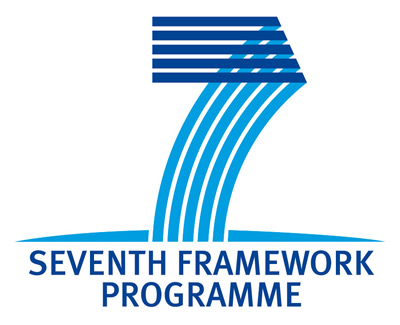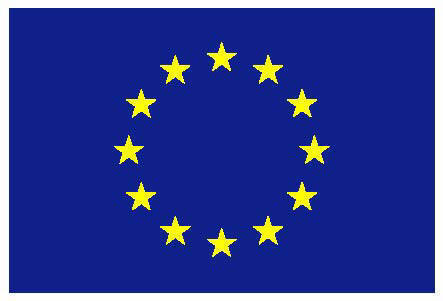COMET Information-Centric Networking (ICN) Session @ Future Internet Assembly (FIA)
18th May 2011, Budapest, Hungary
Chairs: Prof. George Pavlou (UCL) and Spiros Spirou (Intracom Telecom)
Background
The proliferation of user-generated content (data, services, applications, etc.) available over the Internet and the growing need for disassociation of the content from its location has introduced a new aspect for the design of the Future Internet: the transition from a host-centric to an information-centric network paradigm. Information-centric networking (ICN), also known as content-aware, content-centric or data-oriented networking, tries to deal with the lack of a global content naming and addressing scheme, as well as with the need for unified content access and consumption. At the same time, networks are unaware of the type of content they are transporting and thus not able to adapt and offer the appropriate QoE to the end users. ICN may even consider information as a primitive, and its main objective is to render information consumption a core service of the network as well as to simplify the consumption chain between the content creator/provider and the content consumer.
Session Summary
The information-centric networking (ICN) session attracted about 100 people; four experts and six projects provided statements and contributed to the discussion with the audience. Each statement focused on content naming/identification, content delivery and business models. It seems that the session successfully brought together most projects working on ICN in Europe.
George Pavlou identified peer-to-peer (P2P) overlays and content delivery networks (CDNs) as the “first step in ICN” in his introductory speech. He further suggested that the key issues in ICN are content naming, name resolution and content routing.
Torsten Braun (University of Bern) made a point that in ICN “content should encompass services” and that ICN should facilitate “the composition of services”. Prof. Ebroul Izquierdo (Queen Mary, University of London) suggested that in ICN the network should be aware of content encoding – particularly, layered encoding – and should “help in content distribution by prioritising different layers”. Bruno Kauffmann (Orange, France Telecom) questioned whether “there are ICN incentives for players apart from network operators”. Finally, Börje Ohlman (Ericsson) proposed that in ICN business models “compensation for content and transport [services should be] totally independent”.
Project representatives gave their statements as part of the discussion moderated by Spiros Spirou. Evangelos Markakis (ALICANTE project) explained how content access and delivery can be through a proxy, namely the “Home-Box”. Francisco Javier Ramón Salguero (COMET) proposed a global content naming scheme based on a hierarchy of namespaces and emphasised stateless content routing for scalability purposes. Andrea Detti (CONVERGENCE) suggested two different content naming schemes optimised for the application and network levels respectively; he identified source routing as the mechanism for content delivery. Miguel Rio (ENVISION) noted that the application should be primarily responsible for content naming and content routing; the network provides information to assist in routing decisions. Arto Karila (PURSUIT) described the use of separate content identifiers at the application, control and data planes; he supported a disruptive data plane based on the publish/subscribe concept. Finally Victor Souza (SAIL) advocated a content naming scheme in a URI format, coupled with a name resolution system that also records the content location.
The session concluded that ICN should essentially make P2P and CDN mechanisms part of the network, but deployment should be incremental. Incentives for content service providers and network operators are adequate but it is not yet clear how end users will benefit from ICN. Finally, the main research challenges are still in content naming and content routing.
Questions:
- Why don’t we just stay with existing P2P overlays and CDNs?
- What are the incentives for each stakeholder in ICN?
- Is in-network caching at the backbone necessary?
- Are content-based service policies compatible with net neutrality?
- Does the network really need to become something more than a bit-pipe?
- Can a content identifier refer to more than one content objects?
- How do content naming schemes deal with dynamic content?
- Is cooperation between network operators, as suggested by ICN business models, possible?
- Are networked operators convinced that ICN deployment can be incremental?
- What is the benefit of ICN to the end user?
Links and information:
COMET is an ICT project funded by the European Commision under the EU Framework Programme 7 (FP7).


